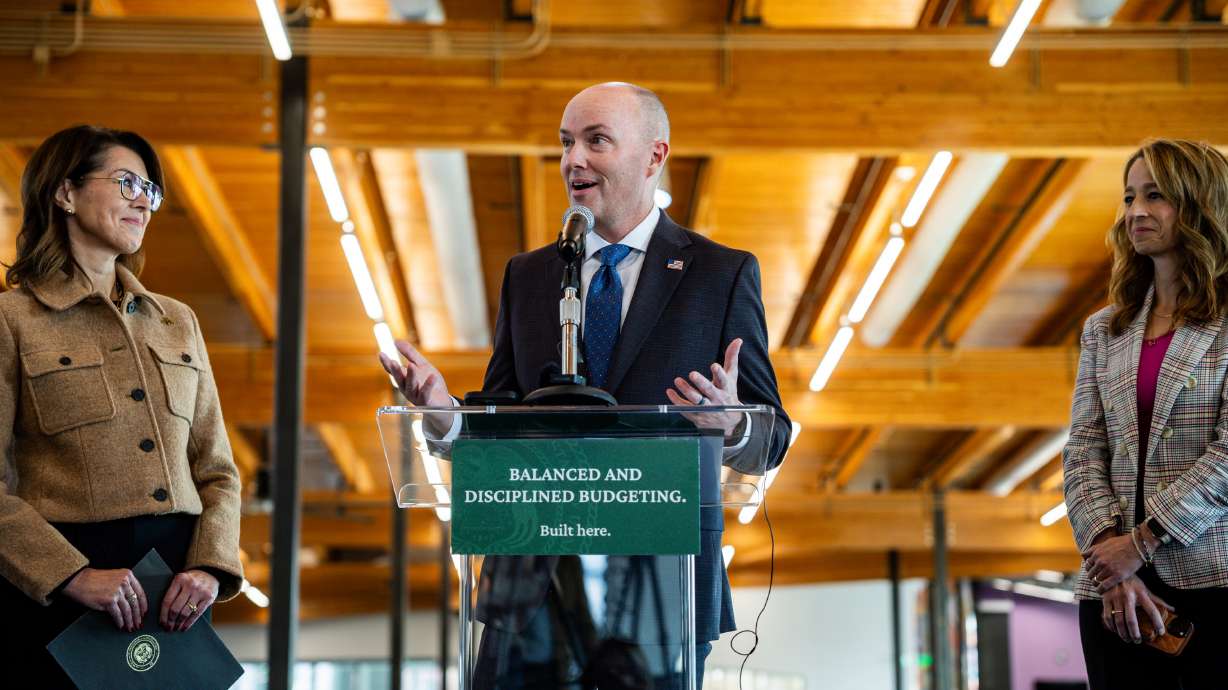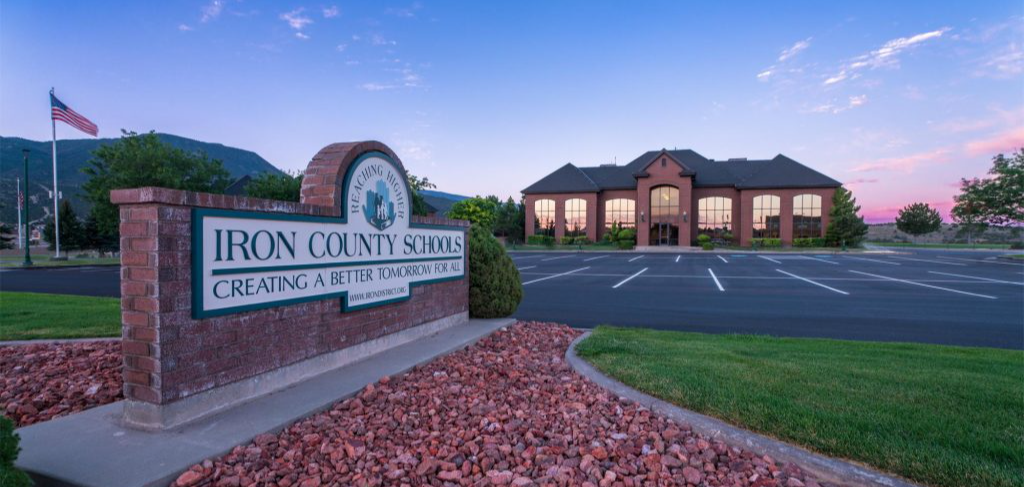In addition to the federal, state, and county elections that took place last November, many voters in Utah (and throughout the country) voted on various ballot propositions. As a voter, you may be curious — what are ballot propositions, how did they fare across the state, and what do they mean for voters? (Spoiler alert—most mean taxes are increasing).
What are ballot propositions?
Generally speaking, ballot propositions feature registered voters acting as one of two roles:
- Lawmaker: Voting directly to add laws or repeal laws in their state, county, or city/town. These are known as the initiative (adding new laws) or referendum (repealing existing laws) processes — both of which feature a signature gathering process.
- CFO: Voting directly on additional proposed spending — usually in the form of a sales tax increase or bond approval — for their city, county, or school board.
Ballot Proposition Wrap-Up
Every voter in Utah had at least one ballot proposition last year — Constitutional Amendment A. The amendment to the Utah State Constitution would have raised the cap the state could spend if and when it calls itself into an emergency special session. It was soundly defeated on a near two-to-one margin in all counties throughout the state.
Recreation, Arts and Parks (RAP) Sales Tax Increases
Due to state legislation passed during the 1990s and early 2000s, cities and counties have had the option to add an additional 0.10% sales tax on certain goods with the revenue to be spent specifically on recreation, arts, and parks. Cities and counties use different acronyms for the RAP tax, but the process and end result is the same — city and county governments put the tax before the voters, and if it passes, sales taxes go up, and a new fund is created.
Because the tax must also be renewed by the voters every ten years, voters across Utah regularly see these tax increases on their ballots. Here’s the RAP wrap–up:
- Five cities and counties had RAP taxes on their ballots. The tax failed in Saratoga Springs, 53.79% to 46.21%, with the RAP renewals and institutions passing in Cache and Wasatch Counties and Tooele and Grantsville cities — all by margins greater than ten percent.
Bond Approvals
Bond approvals seem complicated to those unfamiliar, but are phrased as simple questions put before voters that ask, “Should the city, county, or local school board take out a loan to pay for a large project?” If approved, they result in property taxes going up until the bond for the new school or infrastructure project is paid off.
These bonds are not necessarily an indication of fiscal irresponsibility, as school boards and city treasuries are limited by state law in how much money they can put into any sort of savings or sinking fund. In fact, the bond approval process we have in Utah provides a check on government spending, as local governments have to make their case to voters in order to justify such expenditures.
Of the bonds on ballots across the state, three passed and three failed.
Passed:
- Cache County’s Open Space Bond passed 54.61 to 45.39%. This bond creates a fund for the county to purchase private land for purposes of converting it to public open space of various forms.
- Salt Lake City’s General Obligation Bond for Parks, Trails, and Open Lands passed 71.32% to 28.68%.
- Davis School District’s bond to build and rebuild schools passed 57.12 to 42.88%.
Failed:
- Saratoga Springs’ bond to spend up to $70 million on a new recreation center failed 68.89% to 31.11%.
- Harrisville’s $6 million dollar bond for a new recreation center was the most soundly defeated ballot proposition in the state — failing 85.72 to 14.28%.
- Alpine School District’s $595 million dollar bond — largest ever bond debt for a local government in state history — failed 52.79 to 47.21%.
Initiatives & Referendums
Lastly, an initiative started by residents in Orem for the Alpine School District to split off and form their own school district failed 71.26% to 28.74%. On the referendum side, the city of Bluffdale had their property tax rate increase put to a vote. The referendum succeeded 68.85 to 31.15%, which means the property tax increase in Bluffdale was put to a stop.
Conclusion
From these varied results, it might seem difficult to form broad takeaways — but a few patterns exist. When bond approvals and tax increases seem reasonable and justifiable, voters are open to them. When they are too large (and are for purposes further from the proper role of government), the ballot propositions fare worse.





